What is an Alarm? Why it is important?
Generally, an alarm means something which requires attention. Just as you set an alarm in your mobile phone, which would alert you at that particular time.
Similarly in an industry (Oil & gas, cement, power generation or petrochemical, etc.), an alarm indicates that there has something unusual happened and it requires the control room operator’s attention.
The alarm usually triggers in a plant in an audio-visual format i.e. the alarm will be displayed on an operator screen (HMI) and there will be an audible horn also.
As already discussed, an alarm indicates an abnormal situation or developing abnormal situations. So the control room operator has to acknowledge the alarm and has to take preventive actions in order to keep the plant safe and to avoid any sort of process disturbances.
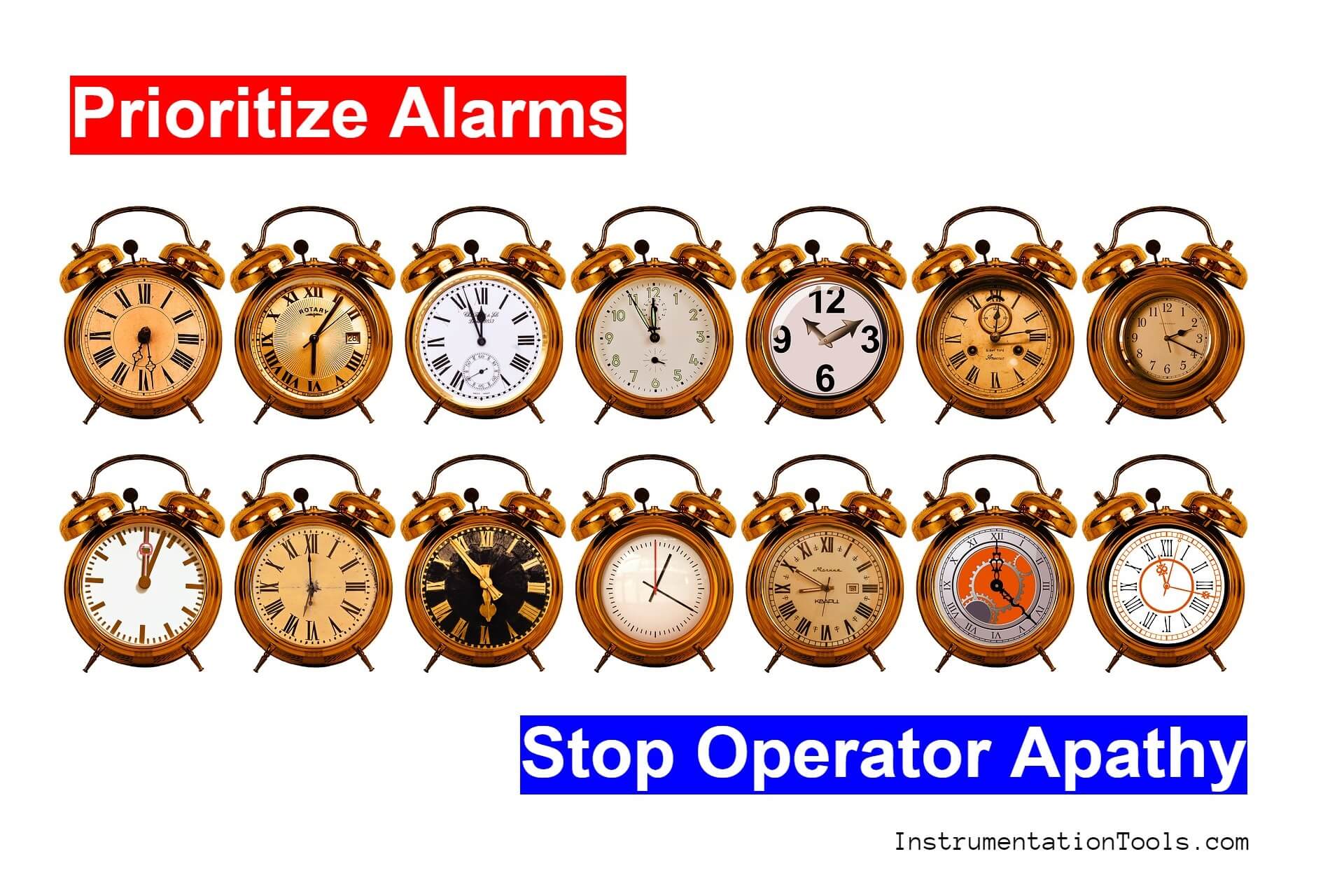
What is Alarm Prioritization?
Every day, a control room operator comes across many alarms, and on some days the number of alarms flashing on the computer screen are soo huge that it can distract the operator that which alarm to take on first.
An operator may receive tens or hundreds of alarms during an emergency or during troubled-controlling of a process. For example, an operator receives 100 alarms at once
Priority of a Alarm
Priority of a particular alarm depends upon some factors which are listed below-
Consequence
What is the consequence does the alarm have on –
- Health/Safety
- Public impact
- Environmental impact
- Equipment damage
- Total financial impact
Response Time
It is the time frame within which the operator has to respond to prevent the damage. The lesser the response time required the higher the priority is.
Now we will discuss the different priorities in detail.
Types of Alarms
To simplify the situation the alarms are categorized based on their urgency. So, mainly there are 3 categories in which the alarms are divided.
- High Priority alarms
- Medium Priority alarms
- Low Priority alarms
High Priority Alarms
As the name suggests, utmost importance has to be given to high priority alarms as it has the capacity to cause serious damage.
If such alarms are left unattended it can cause-
- Loss to living beings (human or animal)
- Can affect the environment. For e.g. can pollute the ground water, air etc.
- Can damage a costly equipment.
- Cause huge economic loss. (>1crore)
Example:
Activation of a flame detector installed on the top of a Petrol storage tank is a high-priority alarm.
Considering a real alarm, it has the capacity to harm site personnel or the local community, it has the potential to severely affect the environment and cause huge financial loss and damage to the company’s reputation. Therefore, alarms related to fire & gas have to be put into high-priority alarms and have to be attended as soon as possible.
Medium Priority Alarms
Next importance has to be given to medium priority alarm, these are not as critical as high priority alarms, but still, if left unattended can cause-
- No loss to living beings (human or animal).
- Can effect the environment but not in large scale.
- Can effect the long term run life of an equipment.
- Significant economic loss. (10lacs-1crore)
Example:
A low-pressure alarm at the suction of a centrifugal pump is a medium priority alarm. It will not cause any damage to site personnel or the local community, neither can it affect the environment, but it can cause wear & tear of the pump components decreasing the life span of the pump.

Low Priority Alarms
These are the least priority alarms among all if left unattended can cause-
- No loss to living beings (human or animals).
- No loss to environment.
- No equipment damage
- Minor economic loss (<10lac).
Example:
A valve related to a sump vessel did not give closed feedback after giving a close command.
Note- The amount mentioned in the economic loss vary as per site.
During alarm prioritization, care has to be taken such that, out of the total alarms configured in a plant, approximately
- 5% has to be High priority alarms,
- 15% Medium priority alarms
- whereas 80% Low priority alarms.
If too many alarms are given High priority (over prioritizing) then things might get casual for the control room operator & the actual high priority alarms might get less attention.
Alarm Priority
The following table summarizes on how to assign priority to a particular alarm.

Importance of Alarm Prioritization
Alarm prioritization is needed so the operator can differentiate between an important alarm and not so important alarm.
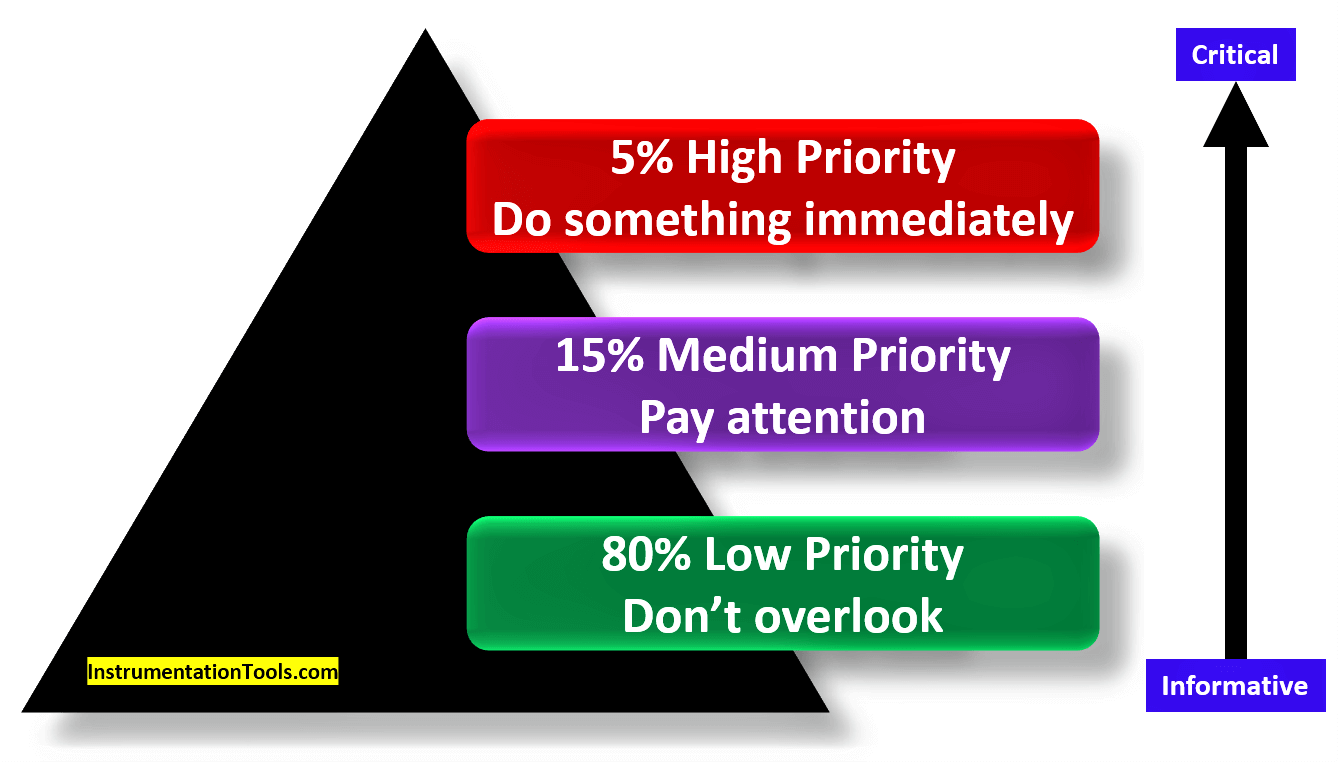
It helps the control room operator to prioritize its actions, so as to avoid any unwanted shutdowns and process disturbances. Overall it helps in keeping the plant safe with optimum productivity.
If you liked this article, then please subscribe to our YouTube Channel for Instrumentation, Electrical, PLC, and SCADA video tutorials.
You can also follow us on Facebook and Twitter to receive daily updates.
Read Next:
- Concept of DCS
- PLC Hardware Troubleshooting
- Foundation Fieldbus Advantages
- Troubleshooting Control Valve Loop
- Identify Faults in PID Control Loop
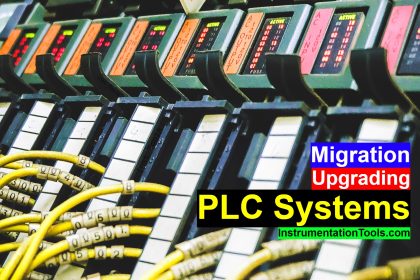
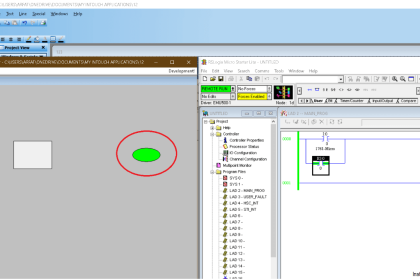





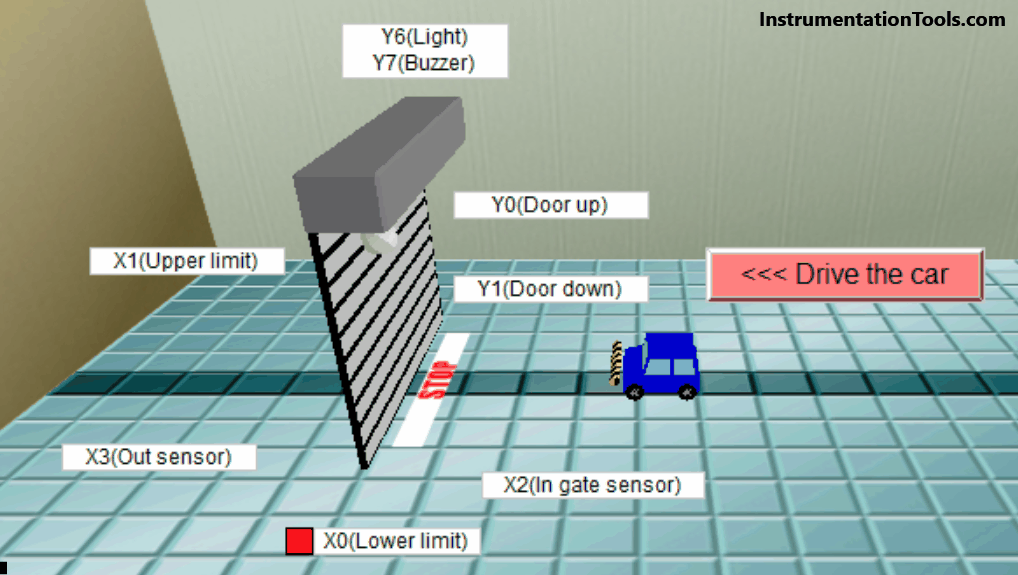
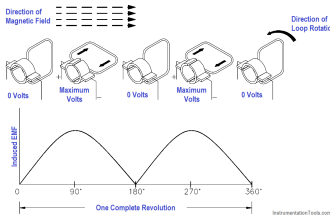


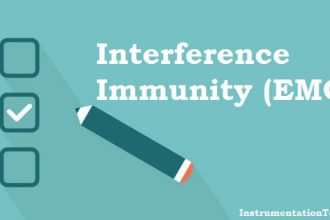

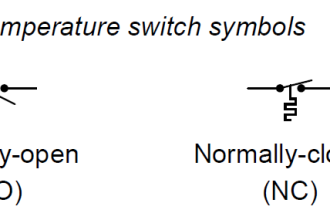
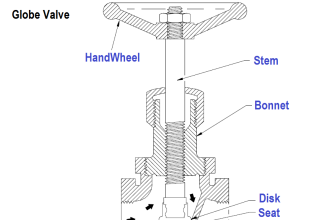


nice one